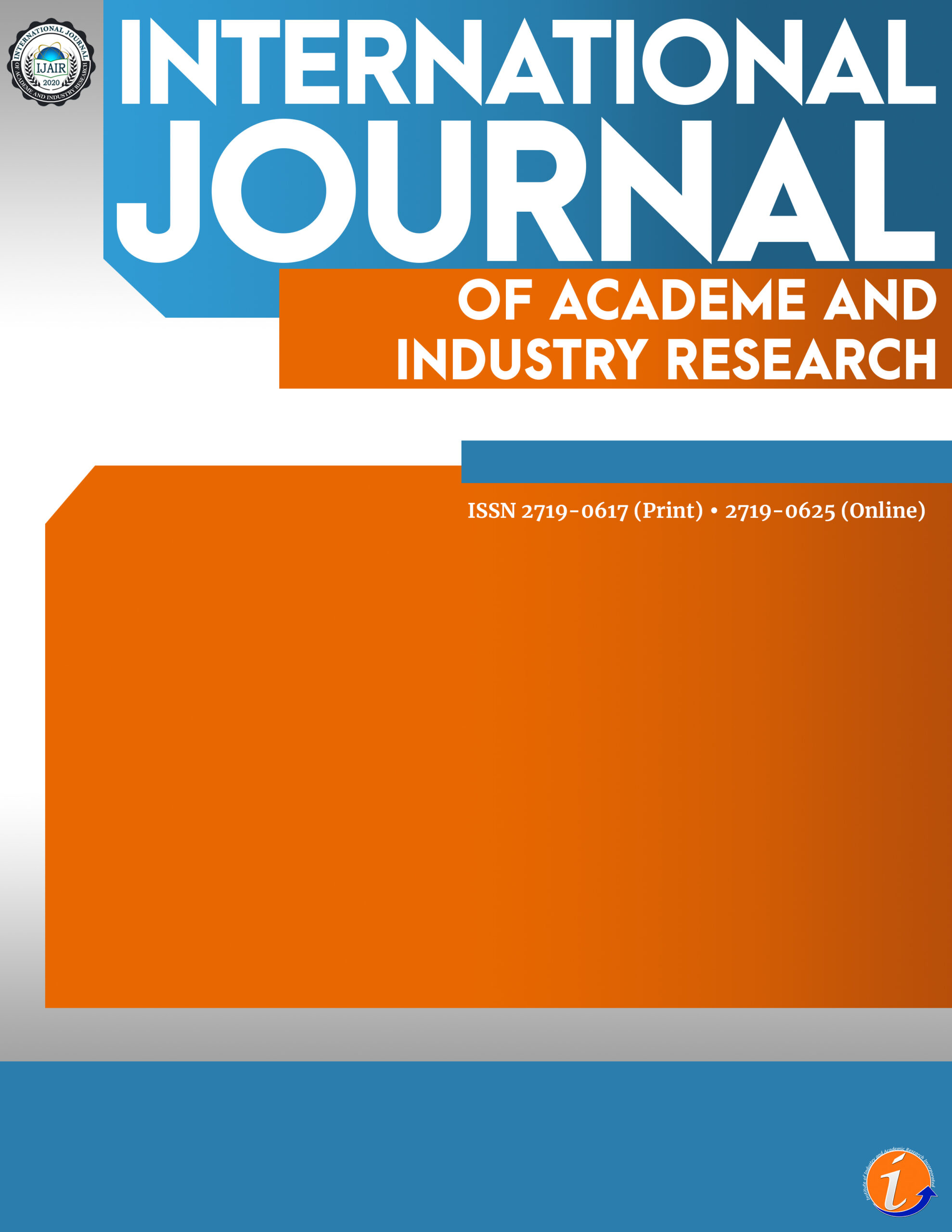The study measures how the level of implementation of the top ten succession practices according to literature affect the perceived level of successful leadership transition of selected multigenerational Filipino family businesses and whether their organization profile has a significant moderating influence on the relationship of the two variables. The study surveyed a sample size of 71 respondents, each belonging to their own family business, and interviewed 10 among the respondents in order to gain a deeper understanding on the results. The results suggested that there is a strong positive correlation between the level of implementation of succession practices and the perceived level of successful leadership transition of the selected multigenerational Filipino family businesses regardless of their organization profile. It was found that family businesses highly implemented succession practices relating to communication, but the definition of the responsibilities of the predecessor after transition and measuring the performance of the leadership position were least implemented. The incorporation of the vision of the company in the succession plan in such a way that decisions were made with the company vision in mind was also found to be the most positively significant factor that affected the perceived level of successful leadership transition.
family business, succession planning, succession practices, leadership transition
Eric S. Parilla. Corresponding author. DBA, FEB. College of Business Education, Northwestern University
Joseph David Santos Jr. MScM. School of Management, University of Asia and the Pacific
Alegado, S., & Yap, C. (2016, November). Philippines Posts Strongest Economic Growth in Asia at 7.1%. Retrieved December 12, 2016, from https://www.bloomberg.com/.
Barrett, M. (2014). Theories to Define and Understand Family Firms. University of Wollongong. Retrieved January 29, 2017, from http://ro.uow.edu.au/cgi/viewcontent.cgi?article=1397&context=buspapers
Burns, A. (2014). Succession Planning in Family-owned Businesses. University of Southern Maine. Digital Common@USM
Cruz, O. (2019, January 30). Family enterprise: To infinity and beyond. The Manila Times. Retrieved February 17, 2021, from https://www.manilatimes.net/
Deloitte (2015). Asian Business Families Governance: Crossing the Chasm for Inter-Generational Change. Singapore Management University: Business Family Institute. Retrieved July 2017 from https://www2.deloitte.com/
Fu, I. (2015, January). Favoritism: Ethical Dilemmas Viewed Through Multiple Paradigms. Retrieved October 25, 2016, from http://scholar.valpo.edu/cgi/viewcontent.cgi?article=1115&context=jvbl
Ghee, W., Mohamed, I., & Hasliza, A. (2015). Family Business Succession Planning: Unleashing the Key Factors of Business Performance. Retrieved October 2016, from http://web.usm.my/.
Gomba, M., & Kele, T. (2016). Succession Planning in Black-Owned Family Businesses: A South African Perspective. International Journal of Business Administration, 7(5). doi:10.5430/ijba.v7n5p9.
Haag, K., Helin, J., & Melin, L. (2006, June). Succession in Family Business: Succession in Family Business: Communication practices and the role of power Communication practices and the role of power. Retrieved October 2016.
Houden, Deb. “Building Family Harmony Starts with Living Our Values | The Family Business Consulting Group.” Family Business Consulting Group, 2016. Web. 2016. <http://www.thefbcg.com/building-family-harmony-starts-living-values/>.
Lee, J. (2006). Family firm performance: Further evidence. Family Business Review, 19, 103–114
Lim, L. (2016, May). Professionalism from the Vantage Point of Family Businesses: A Comparative Study. Retrieved October, 2016.
Magasi, C. (2016). Factors Influencing Business Succession Planning among SMEs in Tanzania. European Journal of Business and Management. Vol. 8 No. 3
Miller, S. P. (2014, December 4). Next-generation leadership development in family businesses: The critical roles of shared vision and family climate. Retrieved November, 2016, from https://www.ncbi.nlm.nih.gov/.
Molly, V., Laveren, E., & Deloof, M. (2010). Family Business Succession and Its Impact on Financial Structure and Performance. Retrieved July 6, 2017, from http://c.ymcdn.com/sites/www.ffi.org/
Motwani, J., Levenburg, N. M., Shwarz, T. V., & Blankson, C. (2006, January 1). Succession Planning in SMEs: An Empirical Analysis.
Neff, J. E. (2015). Shared vision promotes family firm performance. Frontiers in Psychology, 6, 646. http://doi.org/10.3389/fpsyg.2015.00646
Overbeke, K. K., Bilimoria, D., & Somers, T. (2015). Shared vision between fathers and daughters in family businesses: the determining factor that transforms daughters into successors. Frontiers in Psychology, 6, 625. http://doi.org/10.3389/fpsyg.2015.00625
Perrenoud, A. (2012, March). Effective Succession Planning in Construction Companies. Retrieved February 17, 2021, from https://repository.asu.edu/.
Peterson-Withorn, C. (2015, April 20). New Report Reveals The 500 Largest Family-Owned Companies In The World. Retrieved October 20, 2016, from http://www.forbes.com/.
Porter, M. E., Lorsch, J. W., & Nohria, N. (2004, July 31). Seven Surprises for New CEOs. Retrieved July 06, 2017, from https://hbr.org/2004/10/seven-surprises-for-new-ceos
Poza, E. J. (2013). Family business. Mason, OH: South-Western.
Rust, R. T., T. S. Chung. 2006. Marketing models of service and relationships. MarketingSci. 25(6) 560–580.
Schwass, J. (2008, March). Dealing with the Complexity of Family Business: Strategies for longterm success. Retrieved October 25, 2016, from https://www.imd.org/.
Schwass, J. (2013). Family Businesses: Success and Failures. Retrieved October 25, 2016.
Tan, John. (2009) An Investigation of Corporate Leadership Succession Planning and Implementation: The Malaysian Experience.”
Venter, E. and Boshoff, C. and Maas, G. (2005), The Influence of Successor-Related Factors on the Succession Process in Small and Medium-Sized Family Businesses. Family Business Review, Vol. 18, No. 4, pp. 283-303. http://dx.doi.org/10.1111/j.1741-6248.2005.00049.x.
Walonick, D. S., Ph.D. (1993). General Systems Theory – StatPac. Retrieved October 25, 2016, from http://www.statpac.org/walonick/systems-theory.htm.
Ward J. L. (2011). Keeping the Family Business Healthy: How to Plan for Continuing Growth, Profitability, and Family Leadership. New York, NY: Macmillan.
Williams, D. W., Zorn, M. L., Crook, T. R. & Combs, J. G. (2013). Passing the Torch: Factors Influencing Transgenerational Intent in Family Firms. Family Relations, 62(3), 415–428.http://dx.doi.org/10.1111/fare.12016.
Wrosch, C. (2011). Self-Regulation of Unattainable Goals and Pathways to Quality of Life. Oxford Handbooks Online. doi:10.1093/oxfordhb/9780195375343.013.0016
Cite this article:
Parilla, E.S. & Santos, J. (2022) Relationship of succession practices to successful leadership transition. International Journal of Academe and Industry Research, 3(1), 26-51. https://doi.org/10.53378/352856
License:
![]()
This work is licensed under a Creative Commons Attribution (CC BY 4.0) International License.










